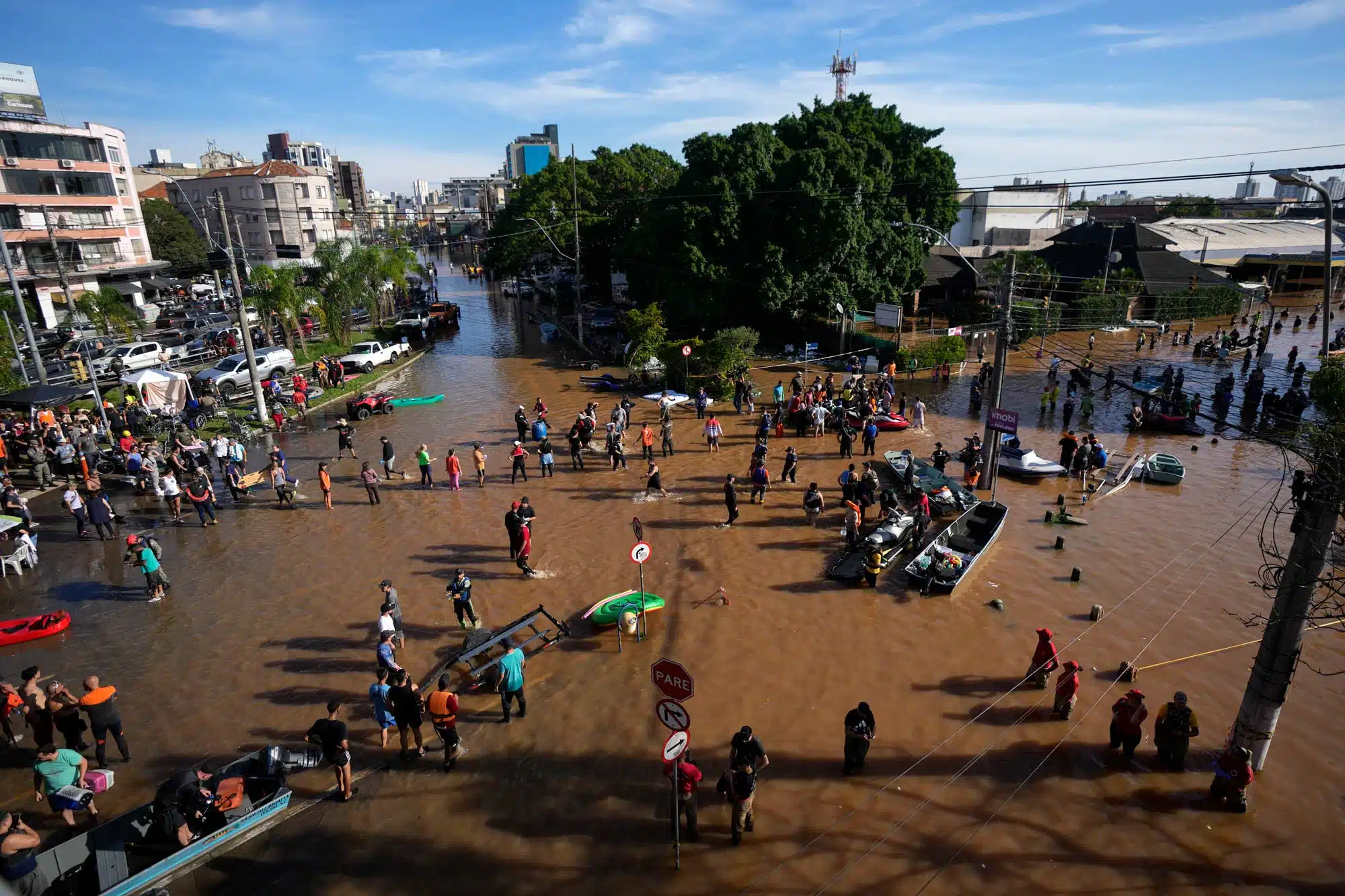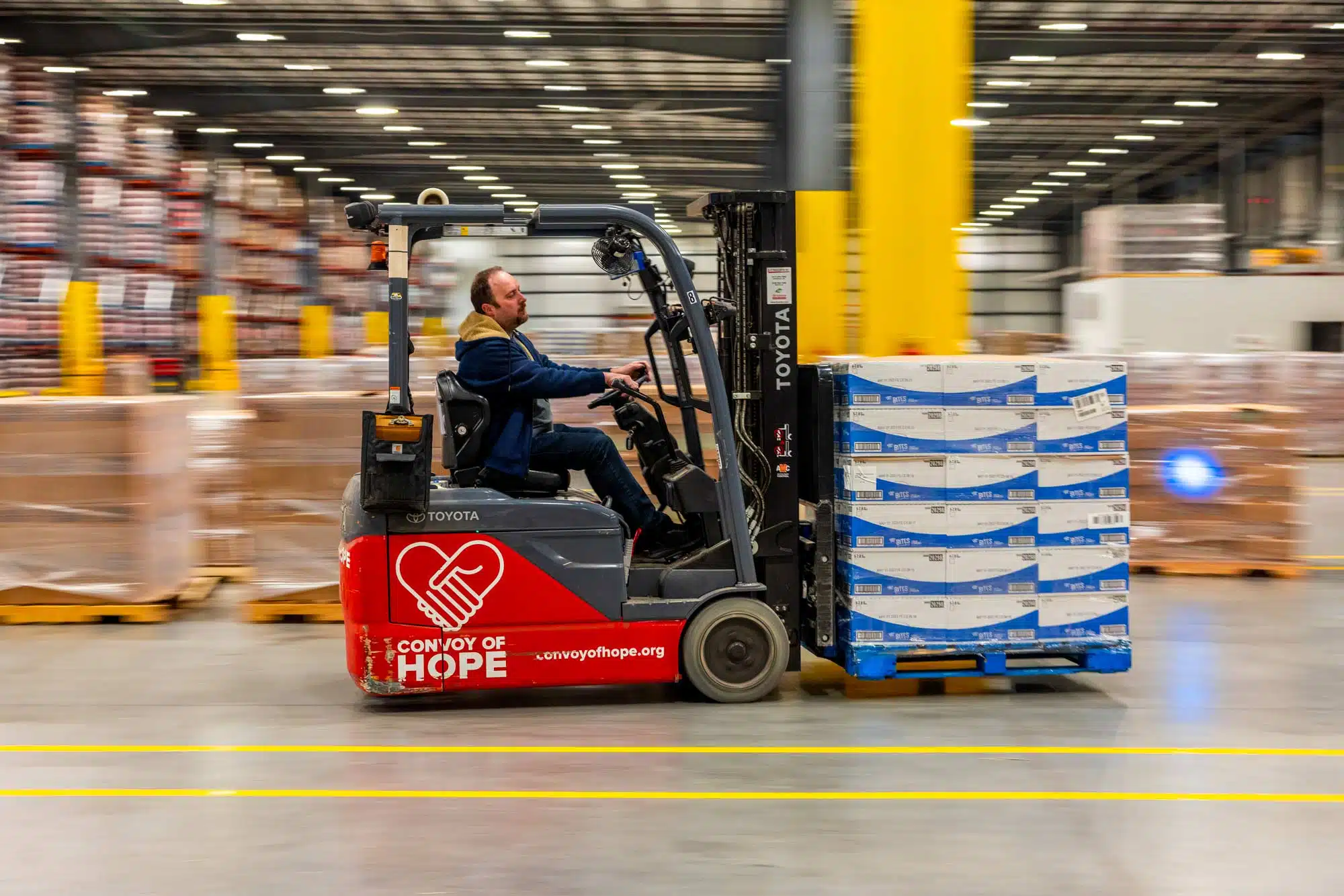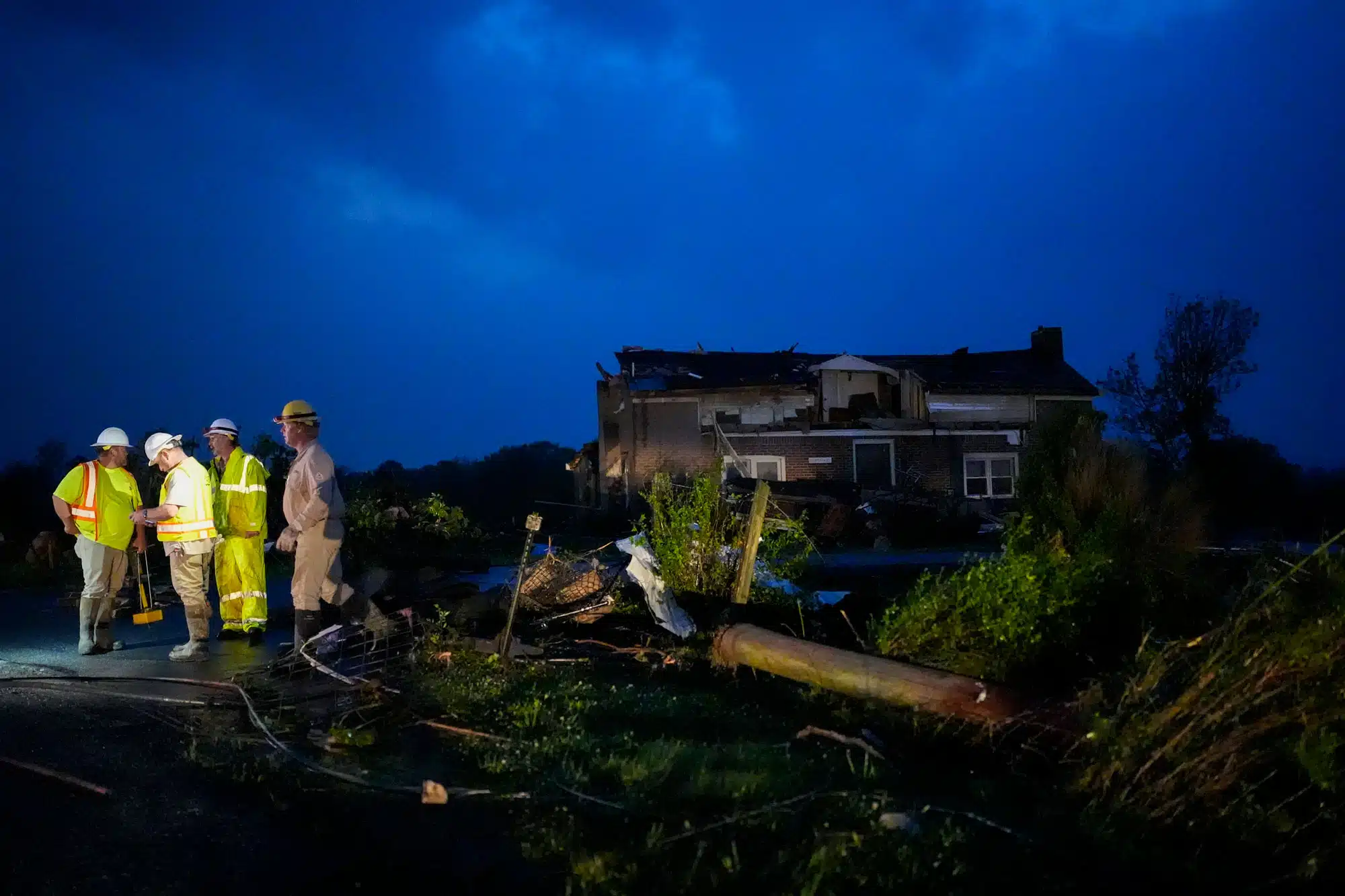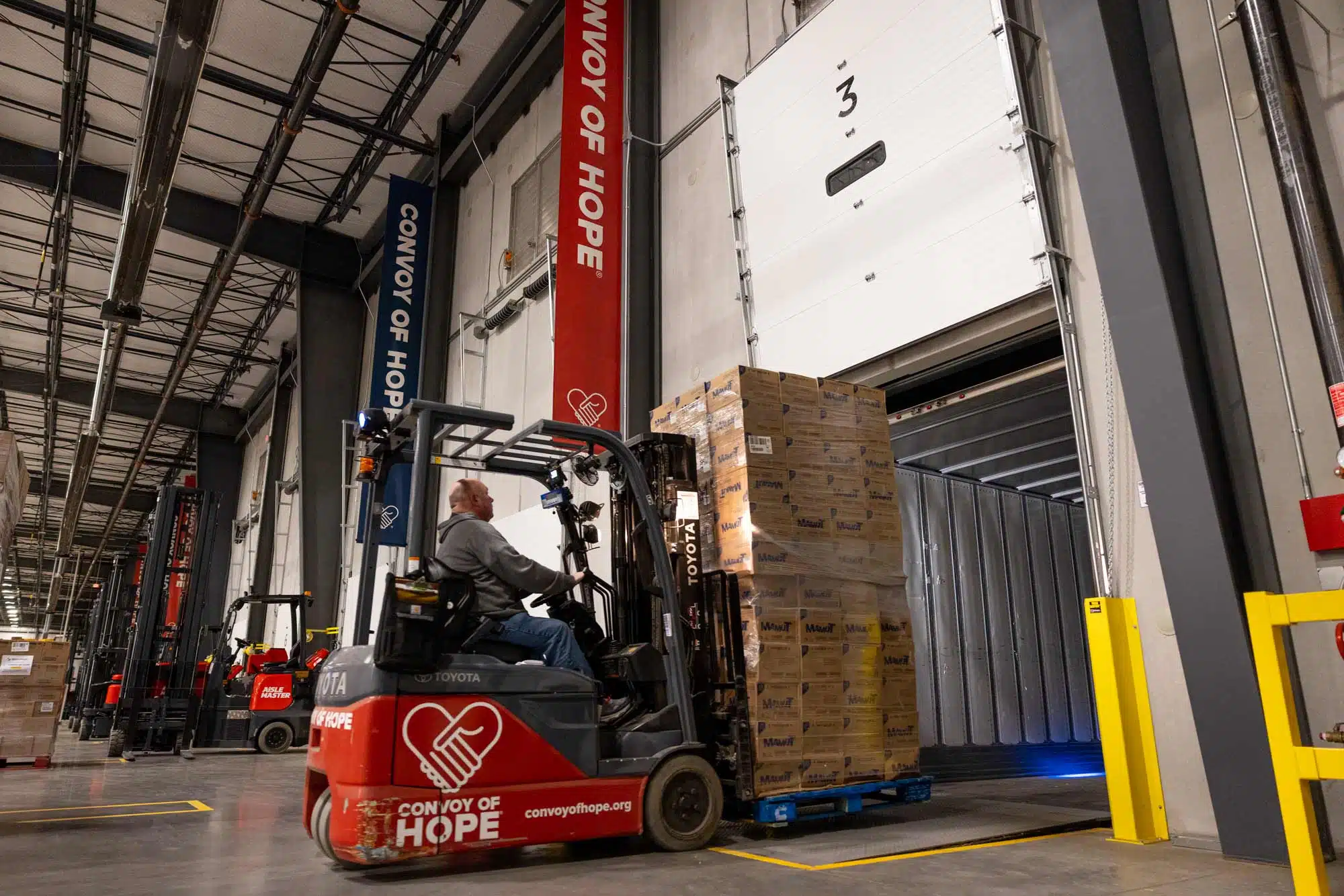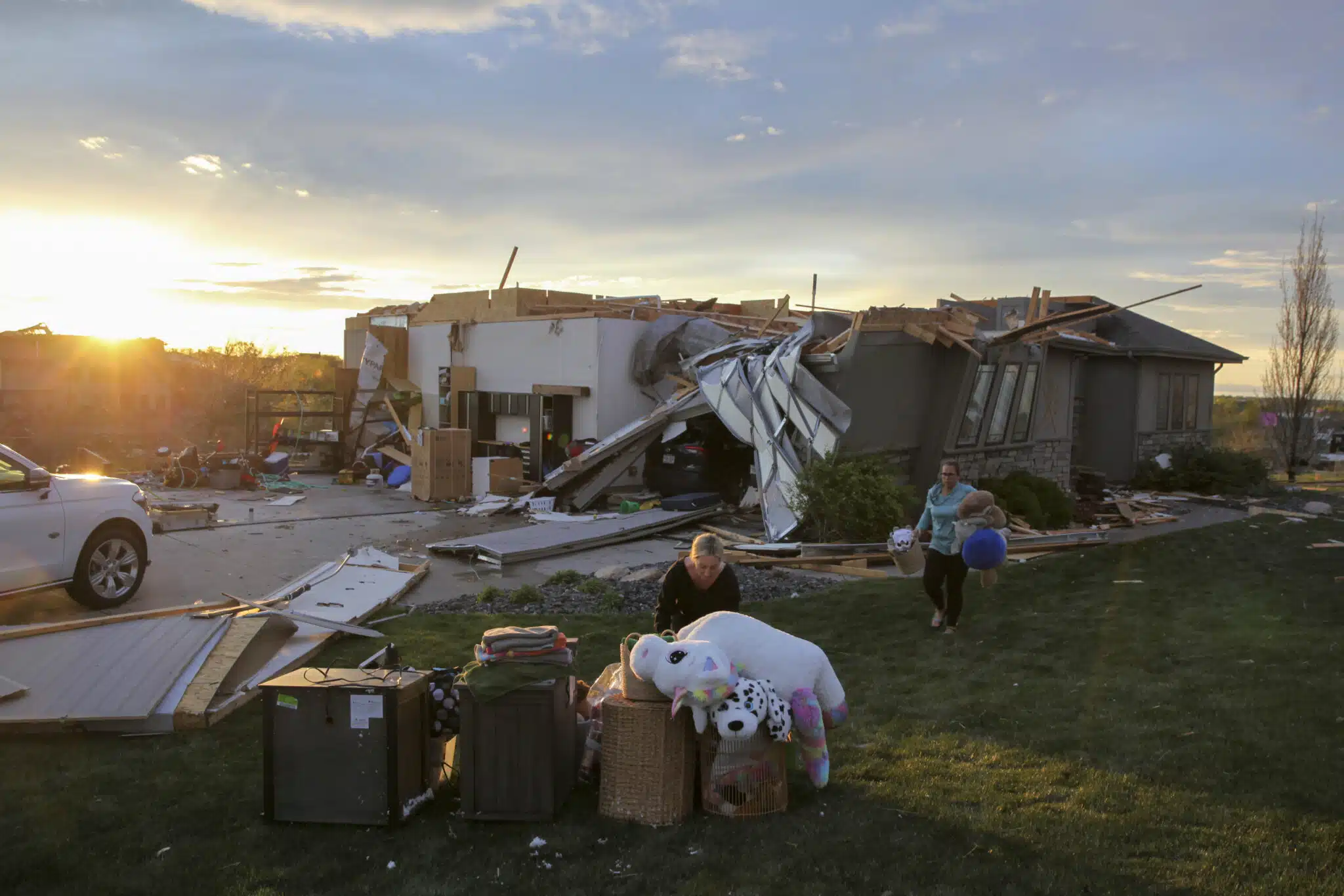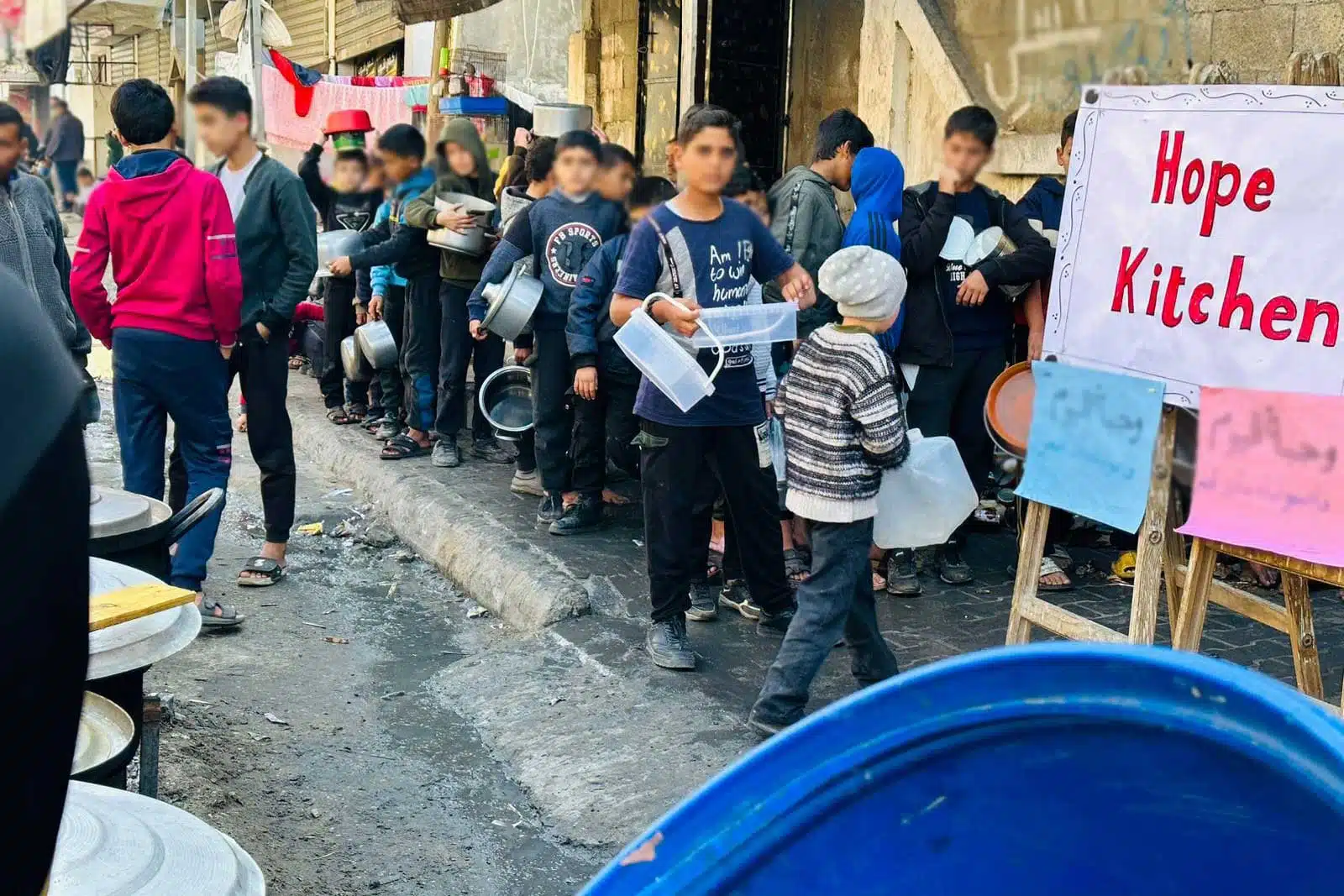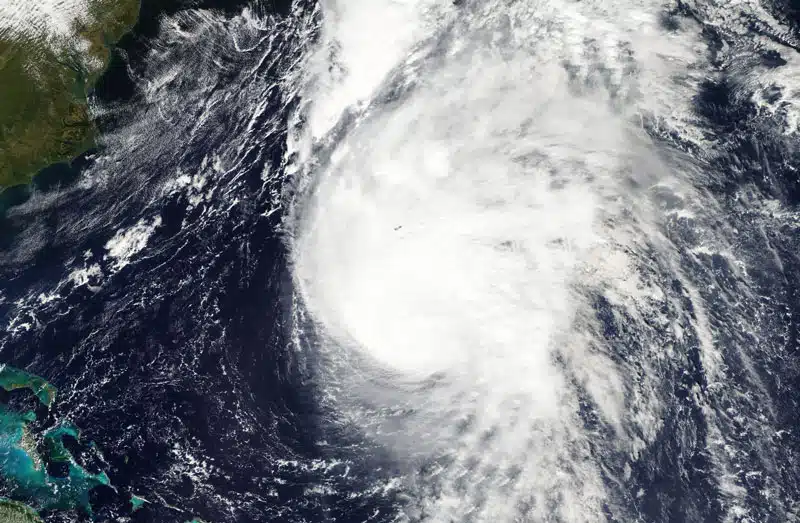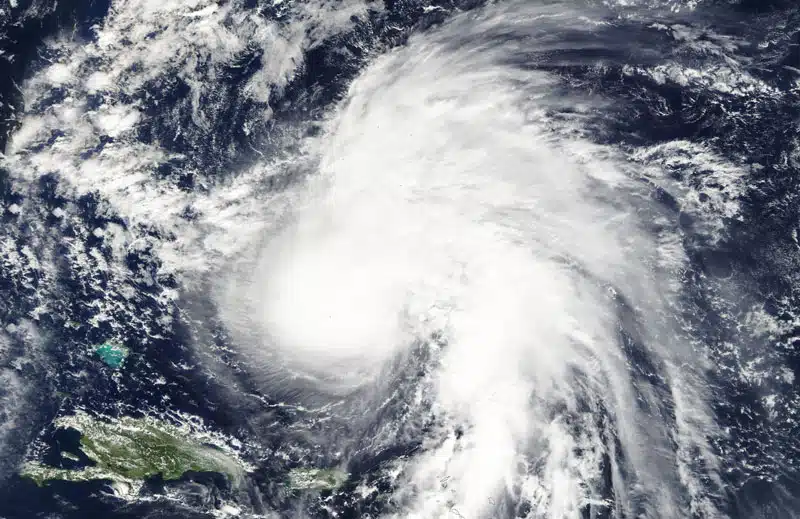When you hear a name connected with a major Atlantic storm, it comes from a list originated and recycled every six years by the World Meteorological Organization.
You can see the current lists here.
A name is retired and replaced when a storm with that name causes extreme property damage and loss of life. Beryl is the second name on the list for 2024.
Whether or not Beryl will become a hurricane during the 2024 hurricane season connects directly to its wind speed.
All named storms are a form of tropical cyclone, a rotating, organized system of clouds and thunderstorms that originates over tropical or subtropical waters and has a closed low-level circulation.
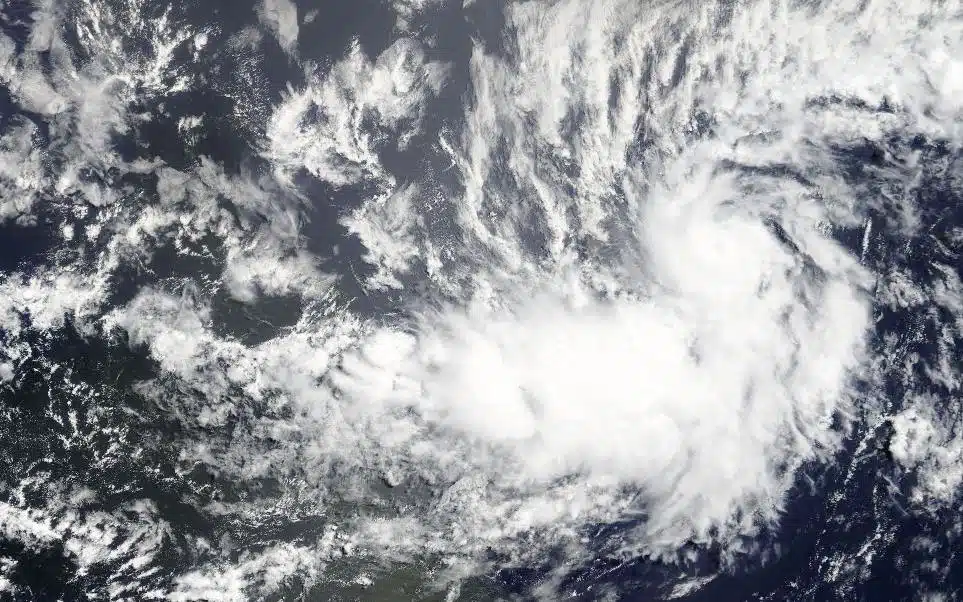
Hurricane Beryl Historical Facts
Over the past 42 years, seven Atlantic Ocean tropical cyclones have been named Beryl, besides two more in the Australian Region and another in the southwest Indian Ocean. Six Atlantic storms never achieved hurricane status, with 2018 being the one year that a Category 1 system qualified as “Hurricane Beryl.”
Early on, as a tropical depression, the system has sustained wind speeds of less than 39 mph. Tropical depressions are not given names but are tracked to determine if they are growing into tropical storms or hurricanes.
Beryl’s classification as a tropical storm and the release of its name would happen when its sustained wind speed reaches 39 mph. If that speed reaches 74 mph, Beryl will be a hurricane.
As you’ll see below, even if a tropical storm never achieves hurricane status, it can pose a threat to lives and property.
When Was Hurricane Beryl?
If you checked out the World Meteorological Organization’s list of scheduled storm names for 2024, you might have wondered, “When did Hurricane Beryl hit?” or “What year was Hurricane Beryl?”
The Category 1 Hurricane Beryl that formed in 2018 was the second named storm and the first hurricane for that year since Tropical Storm Alberto never grew to hurricane strength.

Where Did Hurricane Beryl Hit?
Although Hurricane Beryl weakened before reaching any land in the Caribbean, many places in its path were still recovering from 2017’s hurricanes Irma and Maria. Beryl’s remnants brought rain and flash flooding to several islands, causing some additional damage.
Fortunately, no fatalities were reported.
At tropical storm strength, Beryl made landfall in Louisiana in 1988, in Florida in 1994 and 2012, in Massachusetts in 2006, and just south of the U.S.-Mexico border in 2000. A storm system does not have to strengthen to hurricane status for preparations and precautions to be needed.
If you know of a tropical storm approaching your area, be sure to follow the directives of local authorities and be prepared.

What Category Was Hurricane Beryl?
Hurricane Beryl in 2018 achieved Category 1 status, with its highest winds measured at 80 mph, in the lower range for the 74-95 mph speeds defining that level of storm.
Even when wind speeds are significantly lower, as with Tropical Storm Beryl’s 60 mph maximum in 1994, the potential for destruction and loss of life can’t be ignored.
That year, five people lost their lives during tornadoes generated by Beryl as it weakened.
What Time Will Hurricane Beryl Make Landfall?
If you research, “What time did Hurricane Beryl make landfall?” in 2018, that data will do nothing to help you prepare if Beryl becomes a significant storm in 2024.
With any current storm predicted to reach your region, stay up to date on weather forecasts and be aware of that specific storm’s estimated landfall. With any severe storm, don’t make the mistake of waiting until the last minute to reach a safe area.
This article will be updated as more details about 2024’s Beryl become available.
How Many People Died in Hurricane Beryl?
- • Hurricane Beryl caused no loss of life in 2018
- • Tropical Storm Beryl caused three deaths in 1982, one in 1988, five in 1994, one in 2000, and three in 2012.
With storm systems, some fatalities are defined as “indirect” when caused by flooding, tornadoes, or other weather events that feed off a named storm.
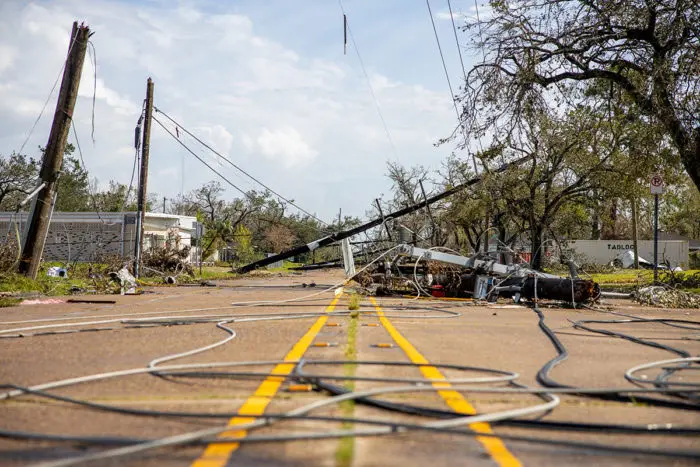
What Was the Path of Hurricane Beryl?
From earliest development to final dissipation, the path of a hurricane can stretch for thousands of miles.
On July 1, 2018, a system of thunderstorms moved off the west coast of Africa that would strengthen into Tropical Storm Beryl four days later off the northeast coast of South America. On July 6, Beryl strengthened into a hurricane.
It only held that status for a day before weakening to a tropical storm again and further lessening in wind speed as it moved across the Caribbean and far off the eastern U.S. coast. Its final remnants reached just south of Newfoundland.
Convoy of Hope & Hurricanes
Convoy of Hope — a faith-based nonprofit with dozens of program countries around the world — is marking its 30th anniversary in 2024.
Much of Convoy’s history includes disaster response. In 1998, flooding in Del Rio, Texas, followed that year’s Tropical Storm Charley.
Convoy marks Del Rio as its first disaster response, and hurricanes continue to be an annual priority for Convoy.
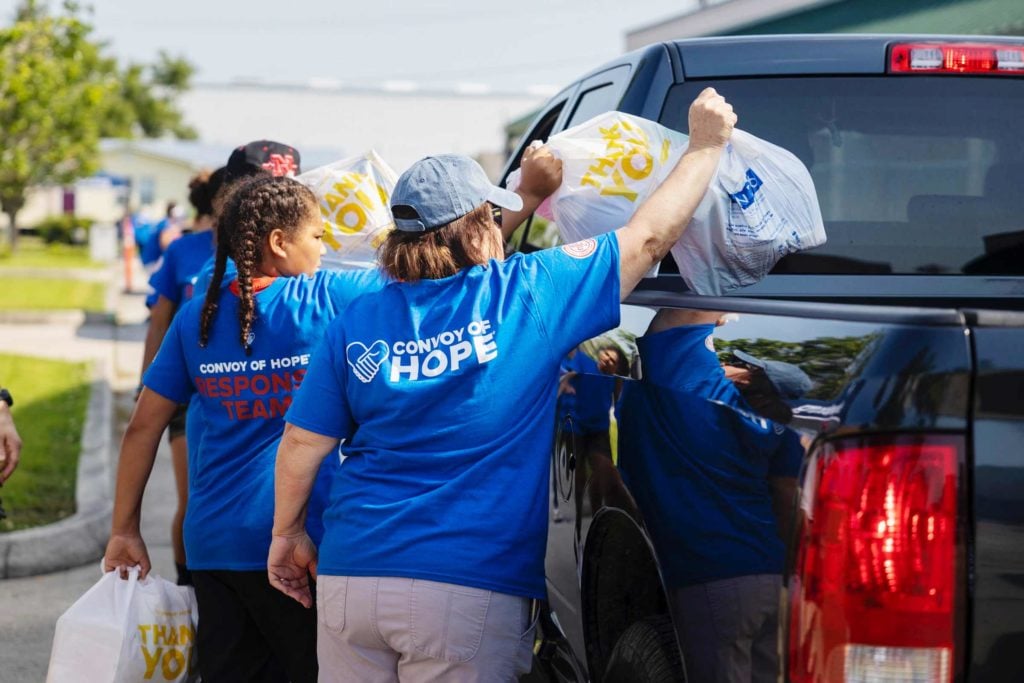
Convoy of Hope Disaster Services responds to natural disasters around the world, offering help and hope to people facing some of the most challenging circumstances in their lives.
